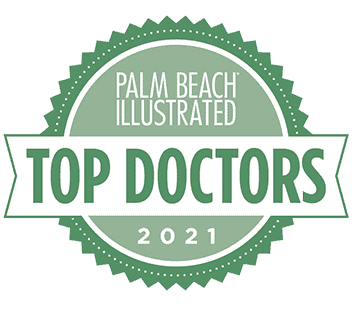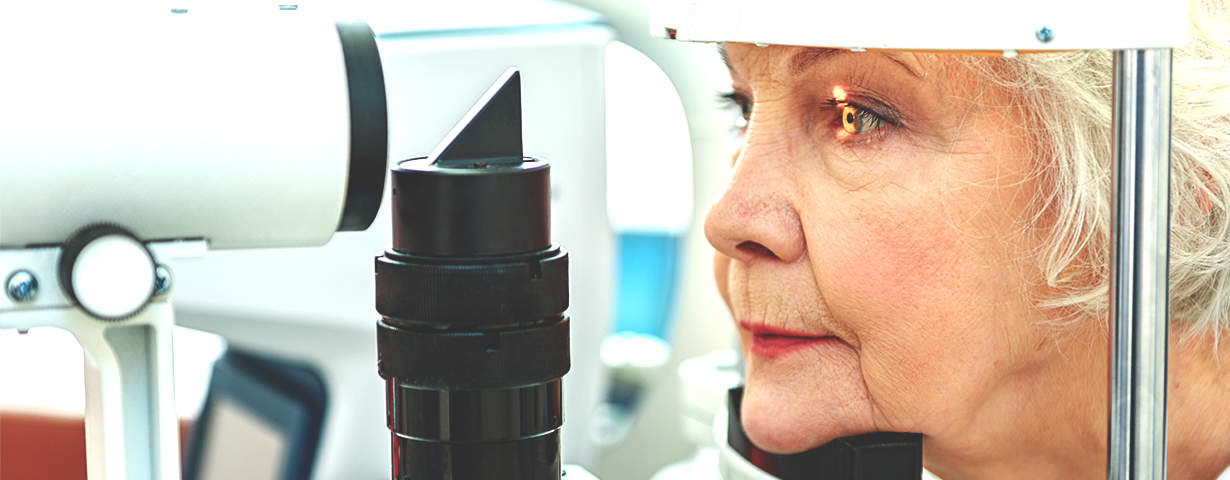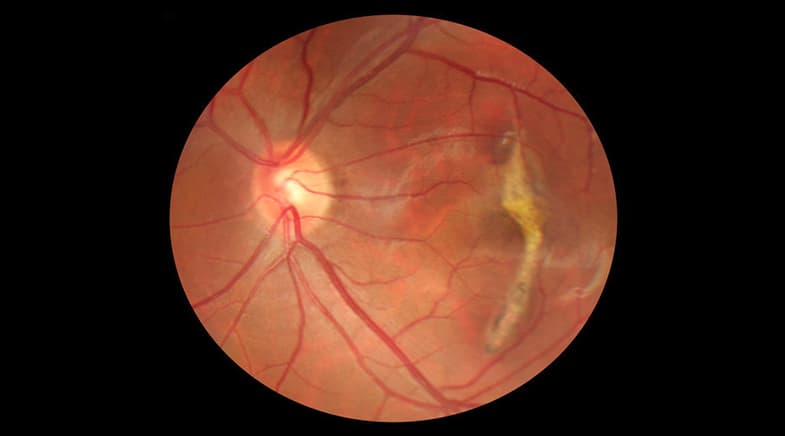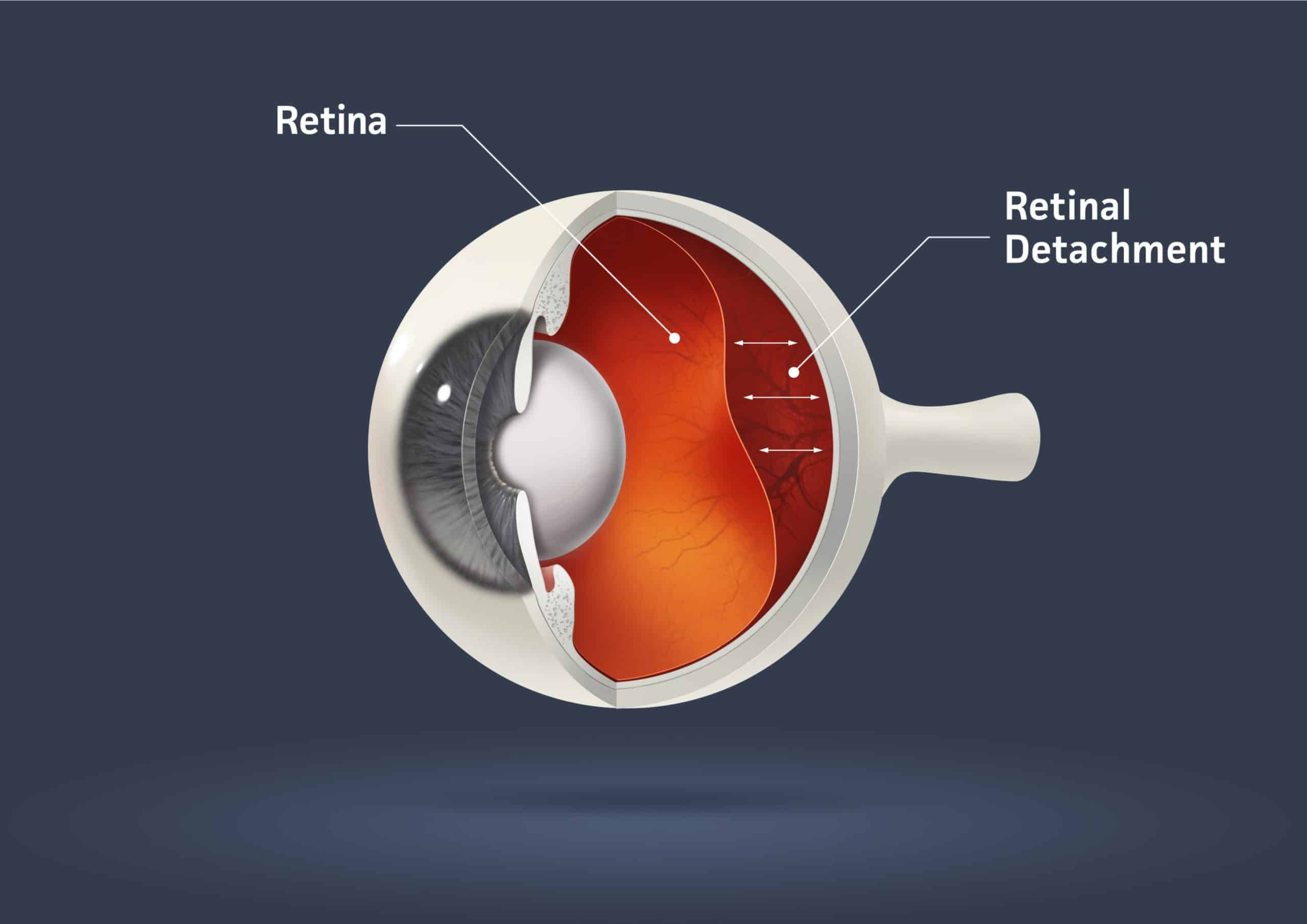Woman Becomes First British Person To Receive Stem Cell Treatment For Most Common Form Of Blindness
A woman has become the first person in the UK to receive treatment using stem cells for age-related macular degeneration (AMD), the most common form of blindness.
The procedure was carried out by surgeons at Moorfields eye hospital in London, following research by scientists at University College London. A further nine patients will be treated over the next year and a half. A spokesperson for the Royal National Institute for the Blind described the news as a “great step forward” for blind people.
The patient suffers from so-called “wet” macular degeneration, in which blood vessels grow at the back of the retina, damaging the cells. This is the less common but more serious form of the disease, which causes a sudden loss of central vision.
The team behind the procedure are hopeful that it will also work for “dry” macular degeneration, which is caused by a buildup of chemical deposits. That form of the disease is far more common, but progresses more slowly.
In total more than 600,000 people in Britain have some form of the disease.
The new technique involves growing eye cells, known as retinal pigment epithelium cells, from stem cells taken from human embryos. These cells have the potential to be grown into any kind of cell in the human body. The eye cells are then implanted into the retina of the patient.
The outcome of the first surgery will not be known until December, but Professor Pete Coffey, the scientist leading the research, told BuzzFeed News that he hopes the procedure will “stop people going blind”. “{In wet AMD,] there’s a window of about six weeks that’s crucial. If we can get the new cells in in that period, then we should be able to stop people going blind.” In the slower dry AMD, he says, it should be possible to intervene at an early stage to stop people losing their vision.
He previously told the Guardian that he hoped it would soon be a routine operation: “We’re trying to make it as straightforward as a cataract operation. It will probably take 45 minutes to an hour. We could treat a substantial number of those patients.”
The research has been supported by the London Project to Cure Blindness, a joint project between Moorfields, the National Institute of Health Research (NIHR), and UCL’s ophthalmology institute. Coffey is one of the founders of the project.
Coffey told BuzzFeed News that the project is working with Pfizer and the NHS to make the treatment widely available as soon as possible. “If I could do it in two and a half years, I’d be over the moon,” he said. “[It’s within the realms of possibility,] if all the stars line up.”
Some pro-life and religious groups consider the use of embryonic stem cells controversial because they involve the destruction of an embryo. Coffey says that his group is being supported by the UK Medical Research Council to run another study, “possibly in two years’ time”, into using adult stem cells, or “induced pluripotent stem cells” (IPS). “If that works, we won’t have to use embryonic ones,” he says, which would avoid the ethical debate. However, “we’ve got the embryonic stem cell line on the shelf, so stick with it”.
Clare Eaglen, an RNIB spokesperson, said in a statement: “It is early days yet but this development does show that stem cells can be successfully transplanted into the eye, which is a great step forward.”
credits/buzzfeed





















